Oepo-ri Kkotgejip (외포리꽃게집)
7.6 Km 21949 2024-03-20
1206 Jungang-ro, Naega-myeon, Ganghwa-gun, Incheon
Oepo-ri Kkotgejip is a restaurant dedicated to traditional blue crab delicacies, including kkotge tang (spicy blue crab stew), kkotge jjim (steamed blue crab), and ganjang gejang (soy sauce marinated crab). Positioned near Oepo-ri Quay, en route to Seongmodo Island, the restaurant provides a delectable experience of blue crab dishes complemented by a stunning sea view. Visitors can also take pleasure in the scenic Korean coastal landscape, explore the salted seafood market, and observe the fishing boats in the vicinity.
Tongilho (통일호)
7.8 Km 22096 2024-03-20
7-6 Eoryujeong-gil 212beon-gil, Samsan-myeon, Ganghwa-gun, Incheon
+82-32-934-8001
Tongilho is a picturesque hwareo hoe (sliced raw fish) restaurant situated on a hill with sweeping views of Minmeoru Beach in Seongmodo Island. The restaurant sources the freshest catch of the day directly from Janggot Harbor. Popular selections include sliced flatfish, rockfish, and sea bass, while the hearty saeng ureok tang (rockfish soup) stands out as a delightful option. The homemade Ganghwa sunmu kimchi (Ganghwa turnip kimchi) served as a side dish adds a special touch to the dining experience.
Minmeoru Beach (민머루해변)
7.8 Km 37719 2023-01-13
Eoryujeong-gil 212beon-gil, Ganghwa-gun, Incheon
+82-32-930-3515
Minmeoru Beach is a beach on Seongmodo Island, a small island to the west of Ganghwado Island. Visitors can enjoy sea bathing on the vast stretch of sandy beach and watch beautiful sunsets over the West Sea. When the tide goes out, a mud flat of approximately one kilometer in length appears. The mud flat is very smooth and is home to marine life including clams, crabs, and more. It is recommended for visitors to wear rubber boots or shoes when walking on the mud flat to prevent injuring their feet. The Eoryujeonghang Harbor and Janggothang Harbor are located nearby, so visitors can also enjoy sea fishing. Popular tourist attractions in the vicinity include Maaekseokbul (a Buddha image carved on a cliff) and Bomunsa Temple, which is said to have been constructed by Queen Seondeok during the Silla period.
Golden Grass [Korea Quality] / 옛날에금잔디 [한국관광 품질인증]
9.1 Km 5034 2020-12-10
18-1, Ganghwaseo-ro 225beon-gil, Ganghwa-gun, Incheon
+82-10-6212-6731
Golden Grass, located in Ganghwado, Incheon is an 80-year old hanok. Red clay wall, rafters, beams, and main floors exist in harmony. The wide lawn, pine trees, and various flowers in the yard add to the beauty of the hanok. Traditional furnaces, cauldrons, and a well create the friendly mood of a rural cottage. There are two rooms, Anchae and Sarangchae, where up to eight and four persons may use, respectively. The entire space can be rented for events like traditional wedding, outdoor wedding, and 1st birthday. Audio system, large tent, and barbeque facilities are available. Traditional Korean kitchenware such as cauldron, millstone, and rice-cake mullet are available for children to enjoy and experience different activities. Up to two pets can be accompanied free of charge and 10,000 won is charged per additional pet. Grill and charcoal are provided at 10,000 won for four guests, and cauldron with firewood is available at 10,000 won.
Ganghwa Deokjinjin Fortress (강화 덕진진)
9.3 Km 29242 2020-03-16
34, Deokjin-ro, Ganghwa-gun, Incheon
+82-32-930-7074
Deokjinjin was the key strategic point of the outer castle wall used for defending the Ganghwa Straits during the Goryeo dynasty (918-1392). It was originally a military camp commanded by an official with the rank of Cheomsa under the command of the Korean naval base. In 1677, an official with the rank of Manho was assigned to this camp along with 26 military officials, 100 soldiers, 2 battle ships, and other military equipment. In 1679, the Namjangpodae and Deokjinpodae batteries were stationed here.
Deokjinjin Camp was the scene of fierce battles that took place during Byeonginyangyo (the French invasion in 1866) and Shinmiyangyo (the American invasion in 1871). The battlements and gatehouse of Deokjinjin that had all been destroyed during Sinmiyangyo were restored in 1977. At the Namjangpodae Battery, cannons used by the Joseon military have been reproduced and installed for display.
Seongmodo Island Arboretum (석모도 수목원)
10.0 Km 9341 2023-02-09
161, Samsanbuk-ro 449beon-gil, Ganghwa-gun, Incheon
+82-32-932-5432
Seongmodo Island Arboretum was established on Seongmodo Island in recognition of its suitability for research on plants native to the Nothern Limit Line and marine plants in preparation for gloabl warming. In addition, it is built along the valley of the Seongmo-ri area and boasts a pollution-free natural environment. It is a tourist destination where the mountains and the sea coexist and conveys values and benefits of forests, allowing visitors to commune with nature.
Ganghwa Chojijin Fortress (강화 초지진)
10.1 Km 29729 2021-02-10
58, Haeandong-ro, Ganghwa-gun, Incheon
+82-32-930-7072
Chojijin Fortress is believed to have been built in 1655 (6th year of King Hyojong) for the purpose of national defense against coastal attacks from foreign enemies based on articles regarding the construction of Chojijin Fortress. The fortress was the scene of many hard-fought battles including the invasions of America and Japan in the 1870s. The site was then taken by the foreign troops due to the inferior fighting power of the Korean military, and very nearly completely destroyed. In 1876 (13th year of King Gojong), the Japanese warship Unyangho invaded and forced the Joseon Kingdom to open their ports, which later led to the forced signing of the Jana-Korea Treaty of 1876. Only the base of the fortress and the site of the high ground remained until 1973, when restoration work was started. The patriotic spirit of the Joseon dynasty still remains in this historic site.
Gwangseongbo Fortress (광성보)
10.2 Km 35069 2022-07-25
27, Haeandong-ro 466beon-gil, Ganghwa-gun, Incheon
+82-32-930-7070
Gwangseongbo Fortress’s outer wall from the Goryeo era was mended in 1618. The fortress was built in 1656 and the outpost was constructed in 1679. It was completely remodeled into
a masonry castle with gates in 1745. During Sinmiyangyo (the American invasion in 1871), Gwangseongbo was the fiercest battle ground in Ganghwa. On April 24, 1871, a
fleet with 1,230 American naval forces led by Rear Admiral John Rodgers landed on Ganghwado Island to demand the
opening of Korea's ports and commerce. The armed forces attacked Chojijin Fortress
and Deokjinjin Camp, then marched to Gwangseongbo Fortress, where they engaged in close combat with the warriors of Joseon. Although General Eo Jae-yeon and the other warriors were poorly equipped with far inferior weapons, they bravely fought to the
death against the invading forces.
The battlefield ruins of the fortress and the gate towers such as Anhaeru, Gwangseongdon, Sondolmokdon, and Yongdudon were repaired
in 1977. The twin tombs of General Eo Jae-Yeon and his brother Eo Jae-seon, along with the anonymous tombs of warriors who died on the battlefield were
also honorably arranged at the same time. Furthermore, a stone monument commemorating the restoration of Ganghwa Battlefield was erected on Yongdudondae Post.
In 1988, an extensive rest area was created toward the shore for visitors’ convenience. Gwangseongbo Fortress is presently designated as Historical Relic No. 227. A religious service known as Gwangseongje is held annually to commemorate the patriotic spirits of General Eo Jae-yeon and other unnamed warriors. This service takes place at 11 a.m. on every April 24th of the lunar calendar.
Ganghwa Bomunsa Temple (보문사 (강화))
10.2 Km 20880 2023-01-13
44, Samsannam-ro 828beon-gil, Ganghwa-gun, Incheon
+82-32-933-8271
Bomunsa Temple is located on Seongmodo Island in the Gangwondo Island district. The temple is on Sangbongsan Mountain, one of three mountains that make up the Samsan-myeon area. Like many temples in Korea, the foundation date is unknown but it is believed to have been founded in 635 during the reign of Silla Queen Seondeok. The temple faces out to the ocean, with the sound of waves reaching all the way to the main building.
The main courtyard is fragrant with the scent of an aromatic tree, designated Incheon Natural Monument No. 17. Beyond the tree is a gathering of Buddhist scuptures and a large grotto.
Ganghwa Ginseng Department Store [Tax Refund Shop] (주식회사 강화인삼백화점)
10.3 Km 0 2024-04-22
2F, 10, Hoenamu-ro 42-gil, Yongsan-gu, Seoul
-

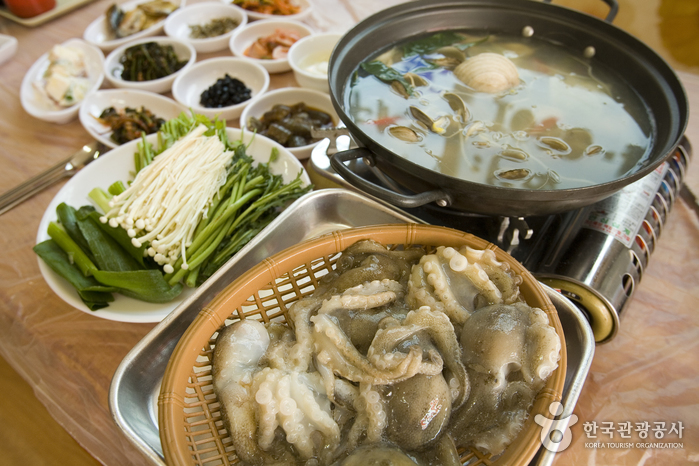
![Golden Grass [Korea Quality] / 옛날에금잔디 [한국관광 품질인증]](http://tong.visitkorea.or.kr/cms/resource/23/2451823_image2_1.jpg)
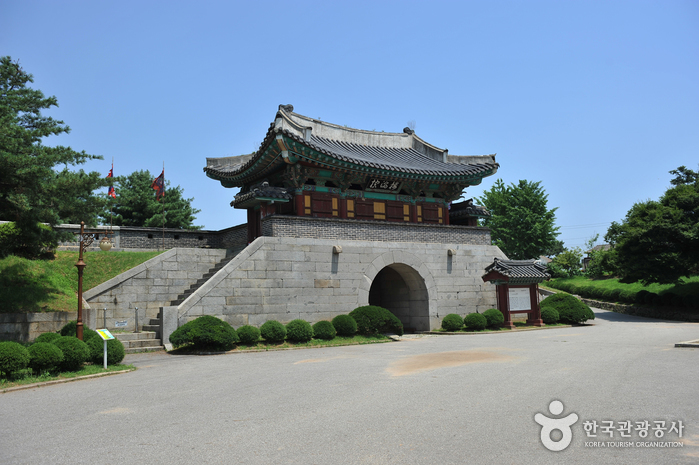
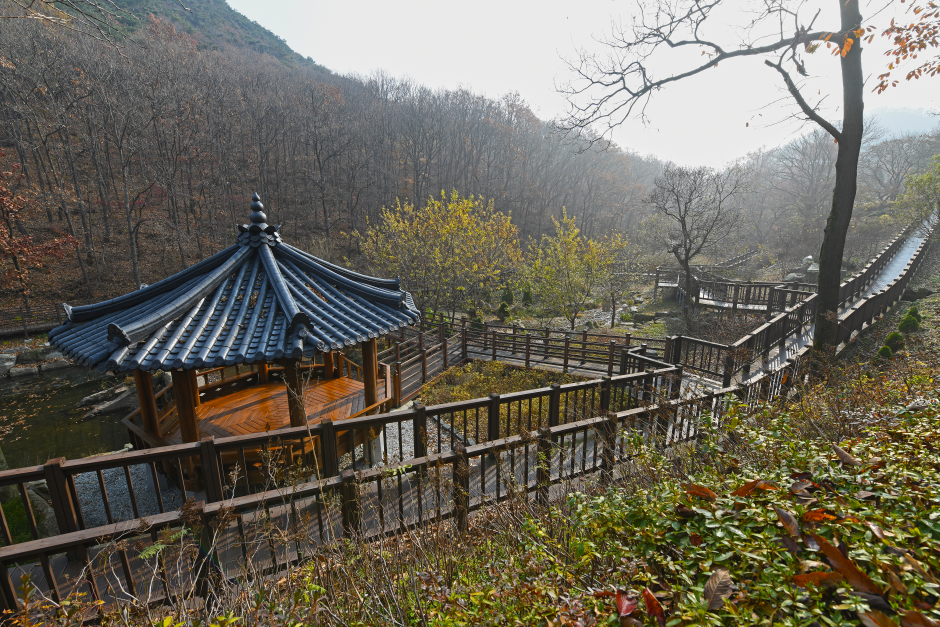
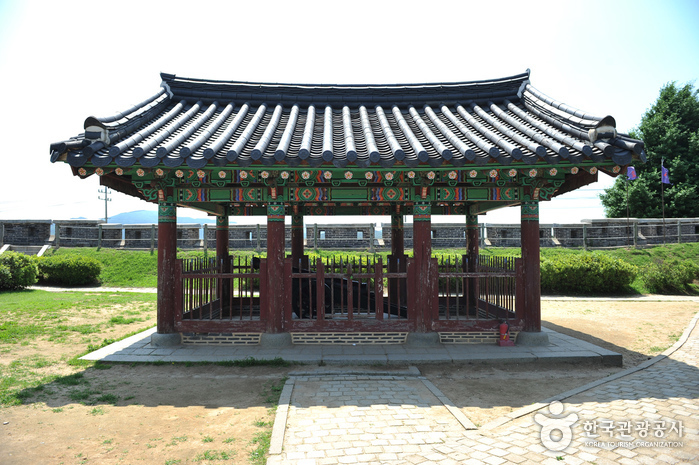
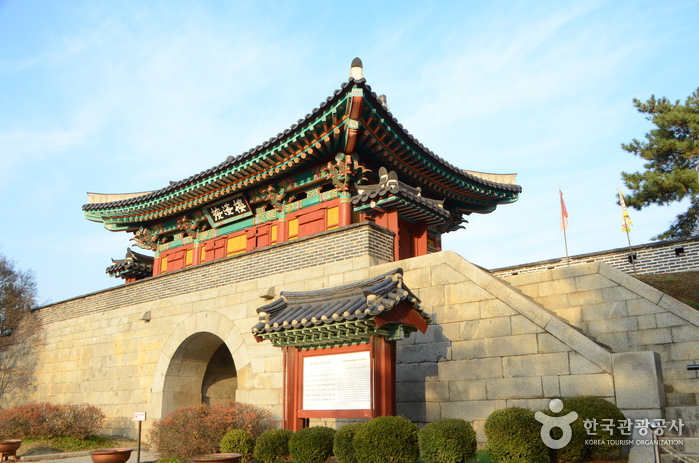
![Ganghwa Ginseng Department Store [Tax Refund Shop] (주식회사 강화인삼백화점)](http://tong.visitkorea.or.kr/cms/resource/91/2882891_image2_1.jpg)
 English
English
 한국어
한국어 日本語
日本語 中文(简体)
中文(简体) Deutsch
Deutsch Français
Français Español
Español Русский
Русский